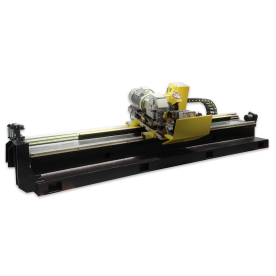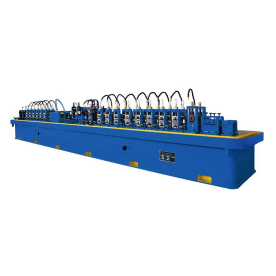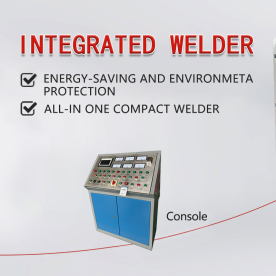[Tube mill production line]Tube Mill Production Line: Efficient Manufacturing Process for Quality Tubes
News 2025-4-23
Tube mills are essential in various industries, including construction, manufacturing, and engineering. They play a crucial role in the production of steel pipes structures that are used in various applications ranging from transportation systems to building construction. As such, the efficiency and quality of the tube mill production line are critical factors determining the success of any enterprise engaged in this sector.
In this article, we will explore the tube mill production line in detail, highlighting its key components and processes involved in efficient manufacturing.
What is a Tube Mill Production Line?
A tube mill production line is a series of machines and processes designed to manufacture steel pipes efficiently and in large quantities. It involves several stages, including raw material preparation, tube forming, welding, sizing, testing, and final inspection. The entire process ensures consistent quality, high productivity, and cost-effectiveness.
Key Components of a Tube Mill Production Line

Tube Mill Production Line: Efficient Manufacturing Process for Quality Tubes
2. Tube Forming: In this stage, the prepared raw material is fed into the tube mill where it is shaped into a tube. This process involves rolling and welding operations to achieve the desired shape and size.
3. Welding: The next step involves welding the seams of the tube to ensure its structural integrity. Modern tube mills use advanced welding techniques such as submerged arc welding to ensure high-quality joints.
4. Sizing and Straightening: After welding, the tube undergoes sizing and straightening operations to achieve the desired dimensions and alignment. This ensures accurate product specifications and prevents any defects during subsequent stages.
5. Testing and Inspection: Quality control is a crucial aspect of the tube mill production line. Tubes undergo various tests such as pressure testing, X-ray inspection, and visual inspection to ensure they meet the required standards and specifications.
6. Finishing: The final stage involves finishing operations such as cutting, deburring, and painting to enhance the appearance and durability of the tubes.

Tube Mill Production Line: Efficient Manufacturing Process for Quality Tubes

Tube Mill Production Line: Efficient Manufacturing Process for Quality Tubes
1. Improved Quality: A well-designed tube mill production line ensures consistent quality by automating various processes and incorporating strict quality control measures.
2. High Productivity: Modern tube mills are equipped with advanced technologies that enable high-speed production with minimal downtime. This results in increased productivity and reduced costs.
3. Cost-effectiveness: Efficient production lines enable manufacturers to produce large quantities of high-quality tubes at lower costs due to optimized processes and reduced waste.
4. Customization: Tube mills can be designed to produce tubes with different specifications, diameters, and lengths, allowing manufacturers to cater to diverse market demands.
In conclusion, a tube mill production line is a crucial component of any steel pipe manufacturing enterprise. By incorporating advanced technologies and strict quality control measures, manufacturers can achieve high-quality, efficient production, and cost-effectiveness. This ensures maximum profitability and market competitiveness in the highly competitive steel industry.
